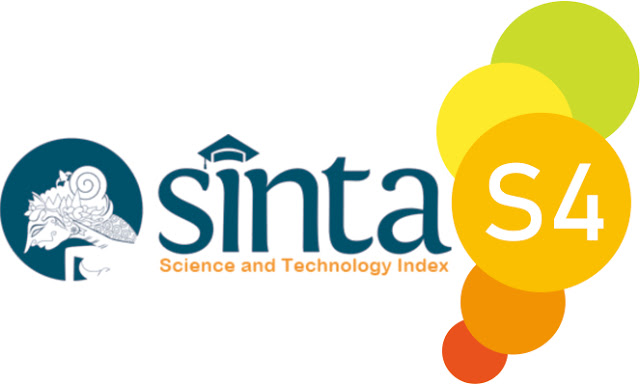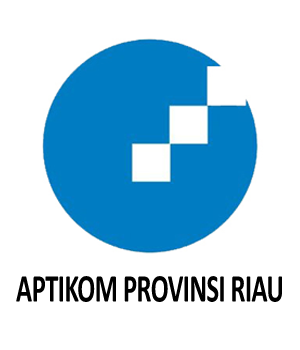IMPLEMENTASI METODE MOORA (MULTI OBJECTIVE OPTIMIZATION ON THE BASIC OF RATIO ANALYSIS) UNTUK REKOMENDASI PEMILIHAN TYPE SEPEDA MOTOR TERBAIK (Studi Kasus : CV. Satu Hati Perkasa)
Abstract
Motorcycle is one of the means of transportation that is loved by the community because it has a small size, fast and the price is not too expensive compared to other transportation equipment. Now many types of motorcycles complete with advantages and advantages. This of course will make it difficult for consumers to make the right choice, according to the desired criteria. To make it easier for buyers to choose the type of motorcycle that suits their needs, a decision support system is designed to recommend the appropriate motorcycle type.This system is built with accurate calculations using the MOORA method (Multi Objective Optimization on The Basic of Ratio Analysis) so that the accuracy of calculations is more guaranteed that is applied using PHP MySQL software. With this system, customers / buyers have no difficulty choosing the type of motorcycle that suits their needs and finances so that it will create a convenient and fast buying and selling process.From the 17 data, it can be seen that the results manually on the recommendation of a motorcycle type can be seen that A_3 is the highest alternative with a value of 27.336773. In other words the A_3 type motorcycle Vario 150 is the best motorcycle.
Downloads
References
[2] Andini, Ari dkk. Penerapan Sistem Pendukung Keputusan Pemilihan Ban Sepeda Motor Honda Dengan Metode MOORA. Volume 5 No.1 Februari 2018, ISSN : 2407 – 389X.
[3] Kusuma, Ardi dkk. Sistem Pendukung Keputusan Pemilihan Siswa/I Teladan Dengan Menggunakan Metode MOORA. Volume 5 No.2 April 2018, ISSN : 2407 – 389X.
[4] Ladjamudin, 2005. Al-Bahra, Analisis dan Desain Sistem Informasi. Yogyakarta, Graha Ilmu.
[5] Sugiarti, Yuni. 2013. Analisis dan Perancangan UML (Unified Modeling Language) Generated VB.6. Graha Ilmu, Yogyakarta.
This is an open-access article distributed under the terms of the Creative Commons Attribution-ShareAlike 4.0 International License which permits unrestricted use, distribution, and reproduction in any medium. Users are allowed to read, download, copy, distribute, search, or link to full-text articles in this journal without asking by giving appropriate credit, provide a link to the license, and indicate if changes were made. All of the remix, transform, or build upon the material must distribute the contributions under the same license as the original.















